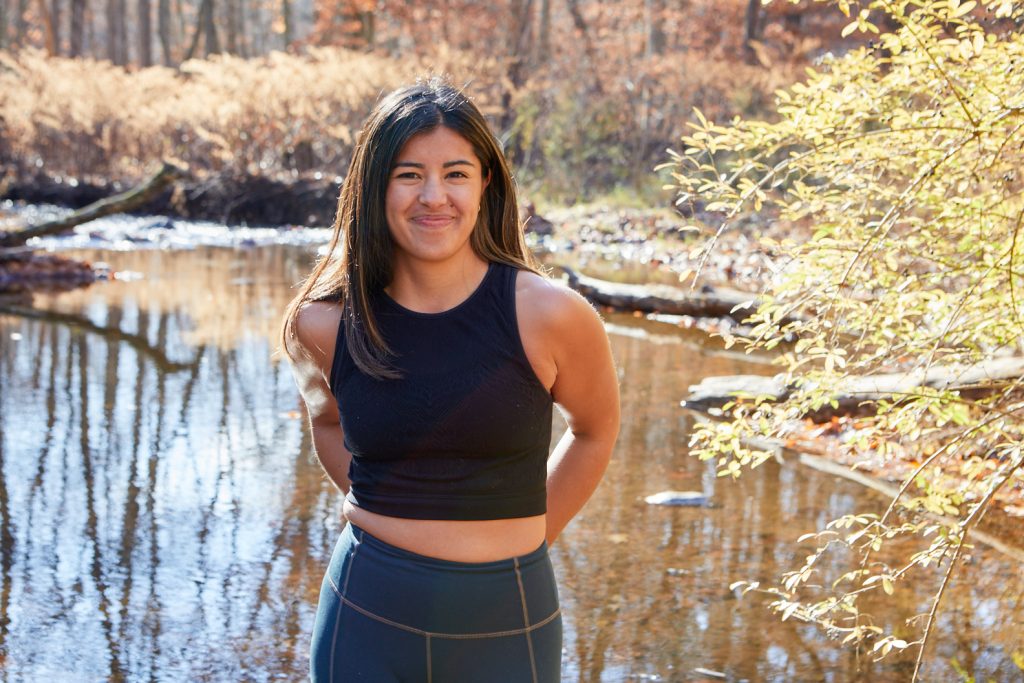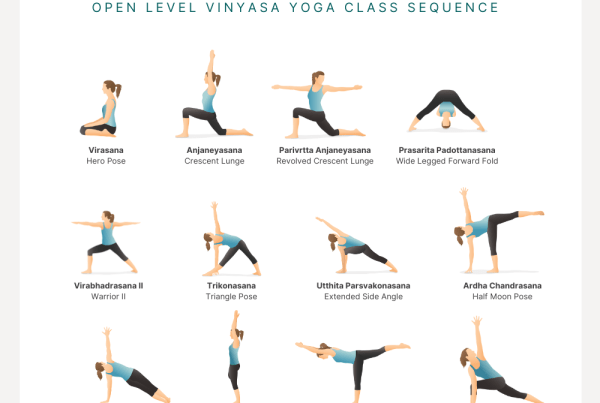
Here in the northeast it is the beginning of June, meaning we are getting towards those warmer days of spring and closer to the hotter days of summer. Pretty much all places have some sort of seasonal change whether that be a change in precipitation, temperature, or types of plants which bloom and spread, meaning when it gets to summertime there are certain things we should be aware of when planning, teaching, and taking classes. This article will go over 5 things to remember for your summertime classes.
1. The Heat
Let’s address the first thing that you may think of when you think of summer: an increase in temperature. Some places may get hot, humid, or the dreaded combo (dreaded at least in my opinion)…hot AND humid. From a physiological standpoint, the heat causes your body to work harder to cool itself down in hot temperatures. This means more energy, which could lead to quick fatigue. For those that live in environments that experience drastic changes in temperature and humidity through the seasons, like myself…we need to allow time for our systems to adjust. Let’s look at an example: On an intensity scale of 1-10 if you are teaching a class that is a level 6 in the fall or winter, that same exact class could feel like an 8 in the summer. This is not to say that you should never teach a higher intensity class in the summer, but I am suggesting that you pay close attention to the transition between spring and summer temps. Try to make decisions for the level of intensity that will allow success for your students.
2. The Sweat
Summer is *generally* more hot and more humid. This usually means more sweat. Sweat is great! It is the body’s way of releasing heat to cool itself down. Think of a pot of water…adding heat will eventually cause that water to boil and that will eventually cause steam to be released. Movement for the body is the same. When we begin to move, we begin to increase energy which creates heat. Heat eventually has to be released and that’s when sweat occurs. When temps are hot and humidity is high, sweat generally tends to occur in higher amounts. As we know, when we sweat we lose water and electrolytes so it’s of course important to replace those things. Water intake is always important, but of particular importance when it’s hot. Be sure to hydrate before and after the Yoga class that you’re taking OR teaching! You might also consider adding salt and lemon to your water to increase the mineral content of your H20.
3. Like Increases Like
This is the Ayurveda golden rule! Like increases like, opposites create balance. If you are teaching on a wildly hot day and you decide to teach a wildly intense class that creates a lot of heat in the room, your students *could* leave feeling fatigued, wired, or un-grounded. That being said, you may decide to teach a “cooling” class when the temps are raging. This does not mean your class has to be slow paced or that your Savasana has to be half the class (although it could). Instead, think of working towards positions that dissipate heat and that spread the body out. Think about the differences between crow and camel. It’s not that we ever want to feel bogged down in any pose, but on a hot day it could be wise to work towards a pose where the intention is to open up and expand as oppose to contract and pull in. Backbends and side body openers are great options to sequence towards, but keep in mind these types of poses tend to be energy increasing. That is to say, don’t leave out the twists, forward folds, and inversions but maybe don’t spend your entire time there.
4. People will leave…but they will come back.
Summer tends to be a time when people travel. Kids are off from school, people have summer Fridays, and there just seem to be more events taking place. I generally always see a dip in attendance during the summertime. It’s not that every class has super low attendance, but the regulars that you see consistently during the other seasons may be absent more than normal during this time of the year. That is completely normal – especially in an urban area! Should this happen to you, know that your people will return. Continue to teach your amazing classes no matter how many people are in the room. And in fact, you may use summer as a way to try some new things out. You might feel better trying new poses or new transitions with potentially less people and more space in the room.
5. Enjoy YOUR summer too!
This profession and this practice never ends. It continues on regardless of the day and season, which is great to have the opportunity to consistently work on your craft. But do remember that YOU also have a summer! Be sure to check in with yourself and make sure that you are also enjoying your summertime. The last thing you want is to resent your job for not taking time off to travel or enjoy the time and weather. Take your vacation and/or your trips without feeling guilty BUT do make sure your subs are in place. No matter where you are jet setting to, your job as a Yoga instructor should always be a priority. Ensure that you have coverage before taking off on any trips (I always triple check) and try to connect with the Instructor who is covering beforehand if there’s anything you need to notify them of (like if they need to open the studio). If you feel like you may be subbing out a class on a very consistent basis…you may consider asking the studio owner if you can do a long term sub or you may even consider giving the class to someone who has the time to teach the class. This isn’t a bad thing. You need to live your life the way you want to live it and if that means giving up a class, just choose to trust that another one will open up.
– This post was written by handstand extraordinaire, Melanie Rodriguez
Check out Melanie’s course on mastering a handstand: Journey to Handstand










